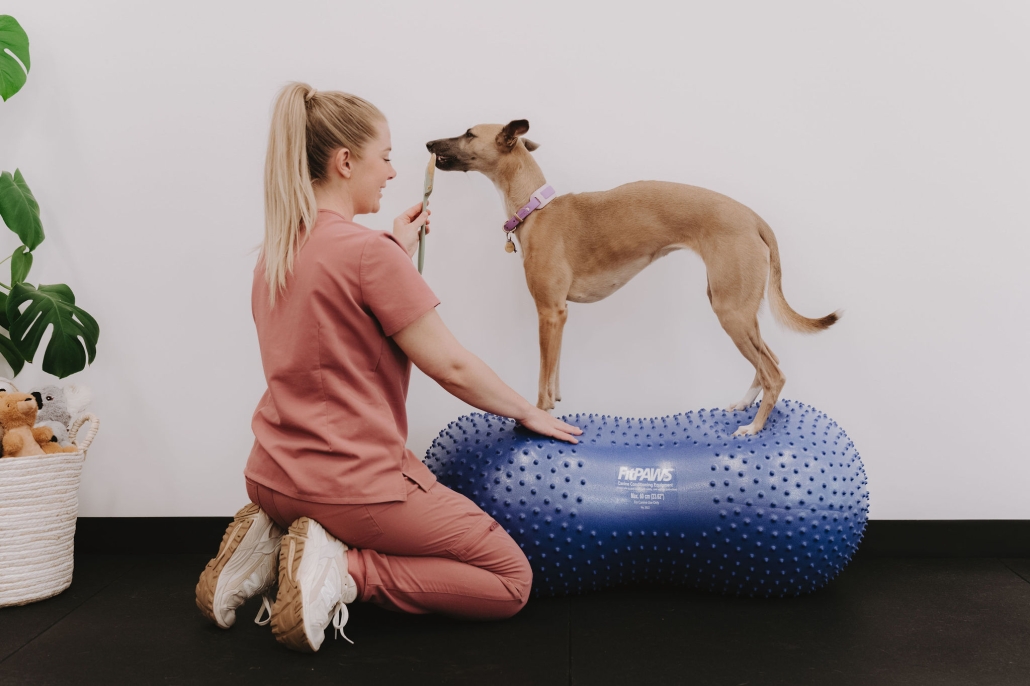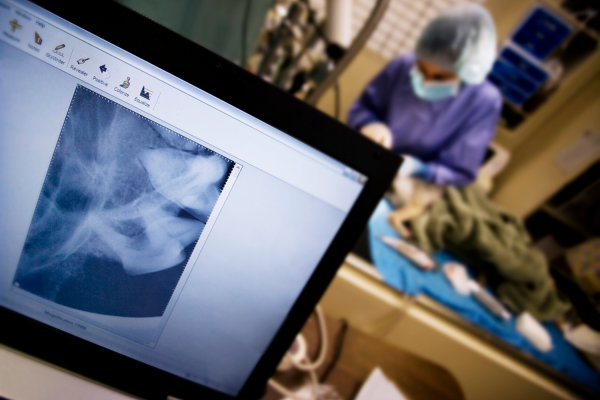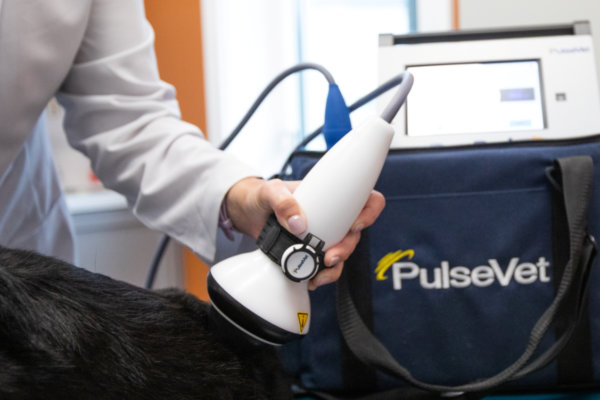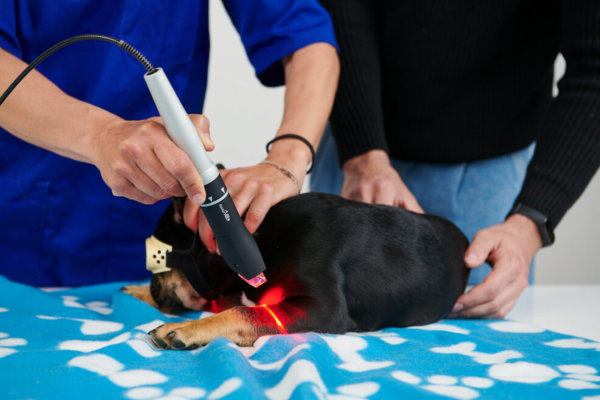Canine Rehabilitation and Sports Medicine
Canine Rehabilitation at The Dog Mobility Clinic
Helping your dog move better, feel better, and live better isn’t just our mission – it’s the heart of everything we do. At The Dog Mobility Clinic, in collaboration with Canine Freedom and Mobility, we provide advanced, integrative rehabilitation services to restore function, reduce pain, and support long-term quality of life for dogs of all ages.
Why Canine Rehabilitation Matters
Just like people, dogs recovering from surgery, injury, or living with chronic conditions benefit greatly from structured rehabilitation. Rehab helps to:
🐾 Improve mobility and restore function
🐾 Reduce pain and stiffness
🐾 Build strength, balance, and confidence
🐾 Prevent compensatory injuries and protect other joints
🐾 Support aging dogs with arthritis or mobility challenges
Whether your dog has just had cruciate surgery, is adapting to life with arthritis, or is recovering from a neurological condition, rehabilitation can make all the difference.
An Integrative Approach
Our collaboration with Canine Freedom and Mobility ensures every dog receives a holistic, personalised plan. Together, we look at the whole picture — your dog’s medical history, lifestyle, home environment, and your goals as an owner — to create a path that’s realistic, safe, and effective.
Why Choose The Dog Mobility Clinic?
- ✔️ Led by Dr. Malcolm Ware, veterinarian and certified canine rehabilitation practitioner
- ✔️ Advanced therapies not commonly available in general practice
- ✔️ Compassionate, outcomes-focused care
- ✔️ Options for both in-clinic and at-home support
Ready to Get Started?
If your dog is recovering from surgery, managing a chronic condition, or simply struggling with mobility, rehabilitation can help.
📍 Visit us on-site at The Dog Mobility Clinic – Seymour or join our Online Dog Mobility Community for expert guidance at home.
👉 Contact us today to book your dog’s rehabilitation consultation and take the first step towards better movement, comfort, and quality of life.







